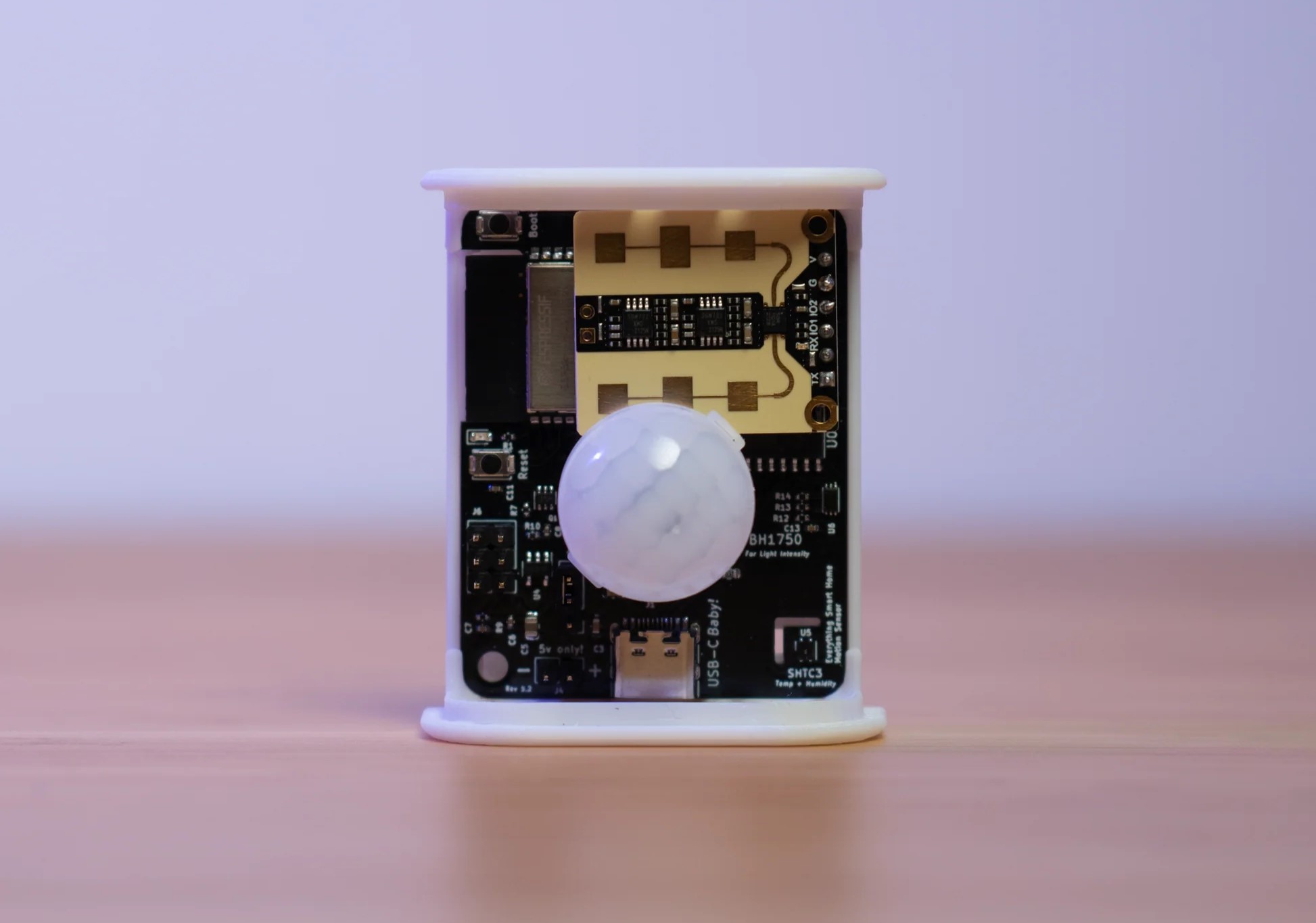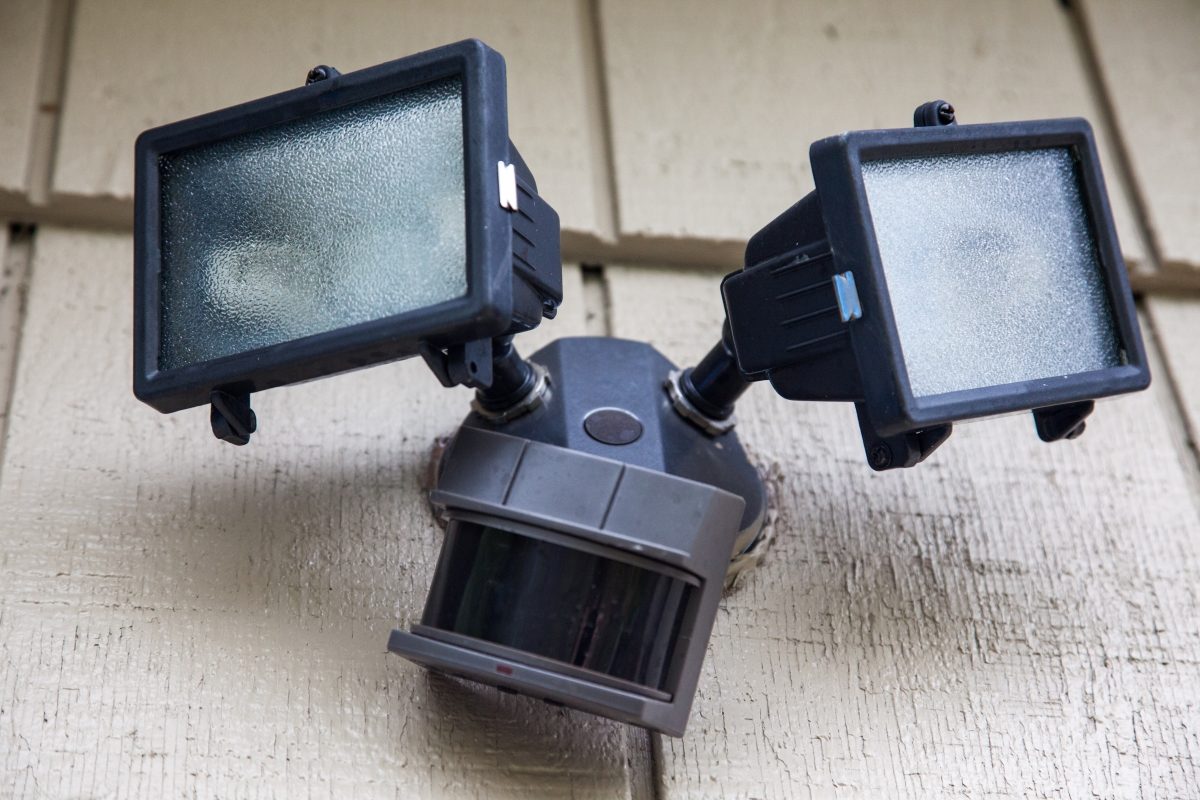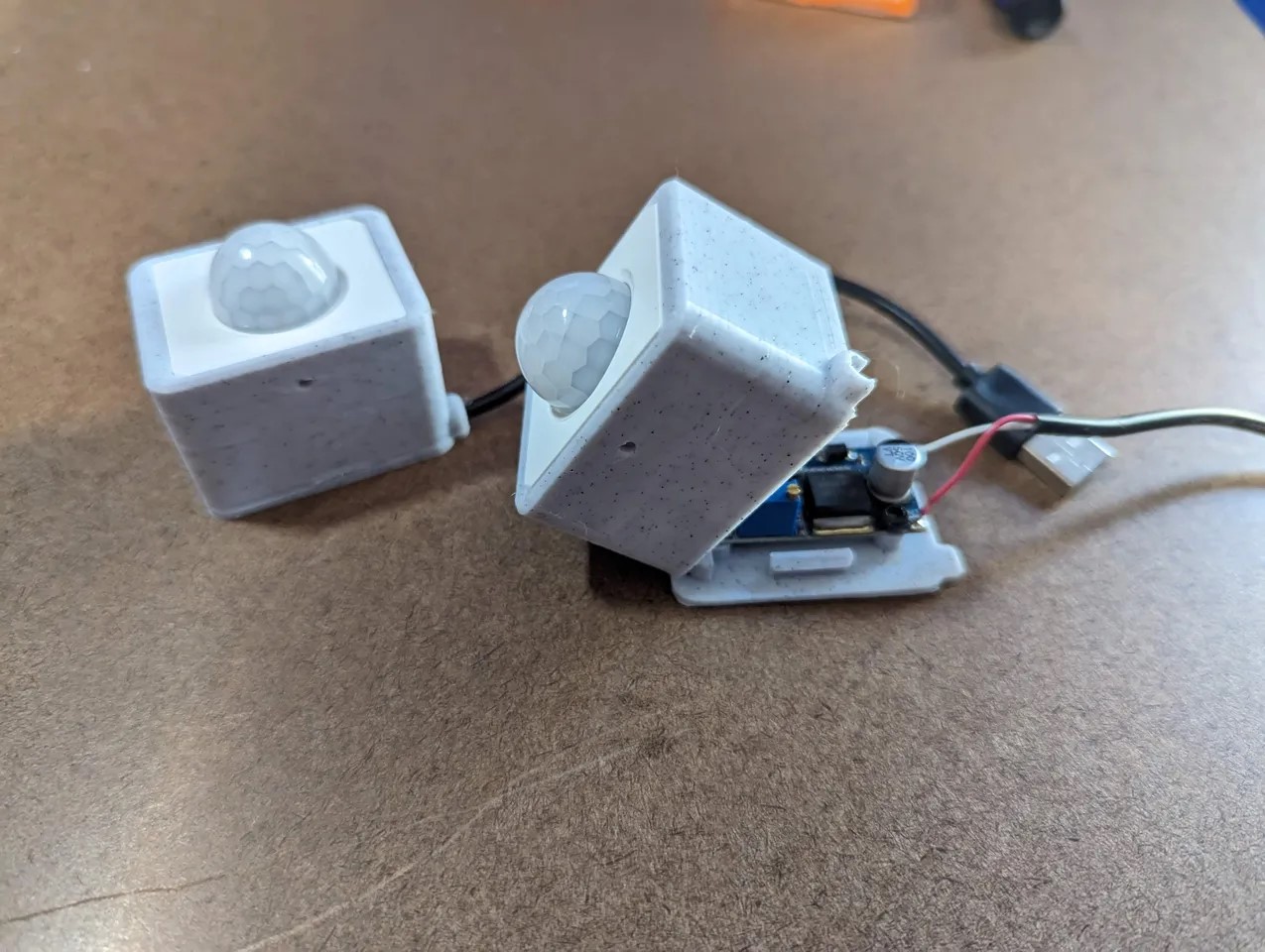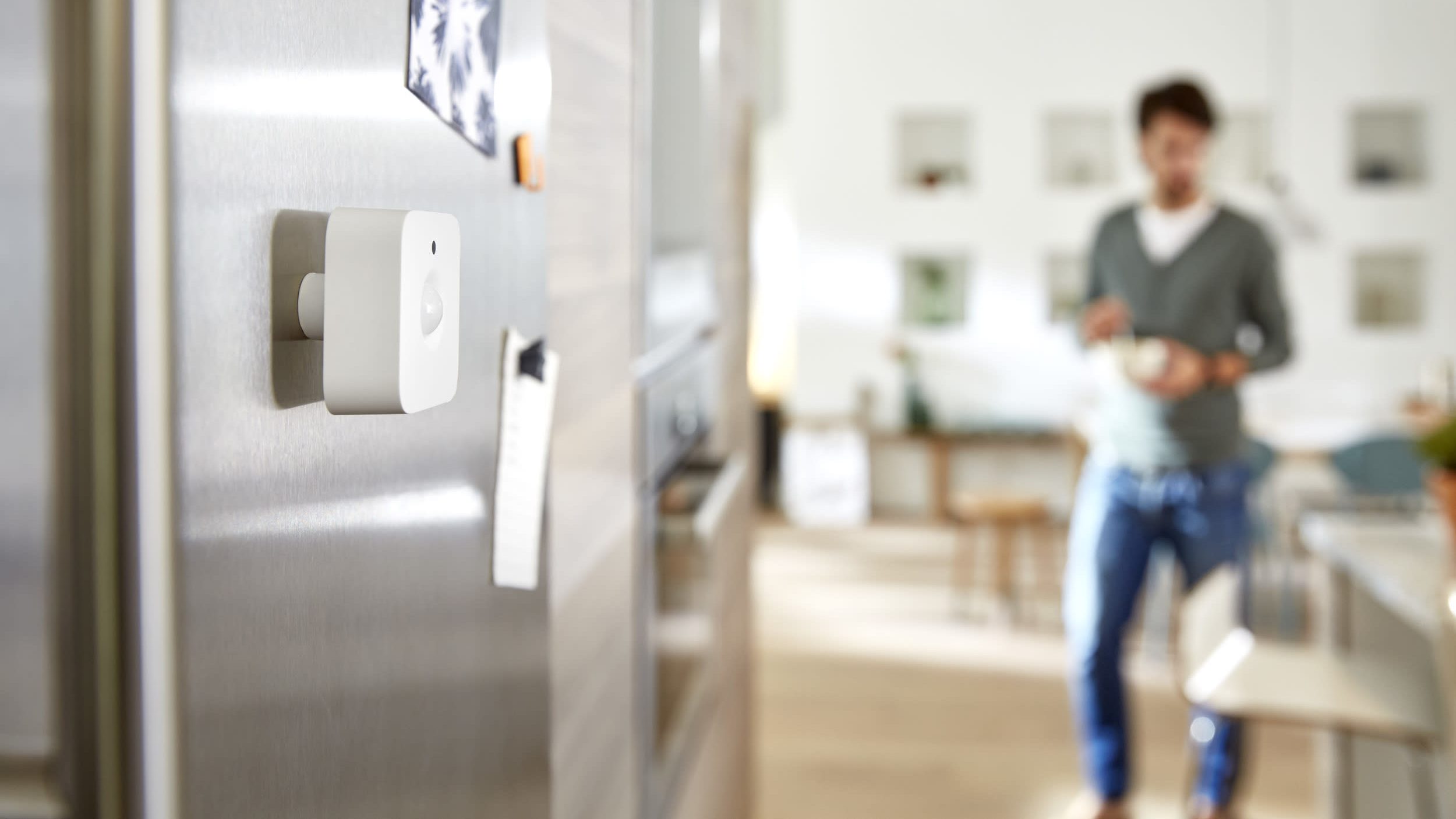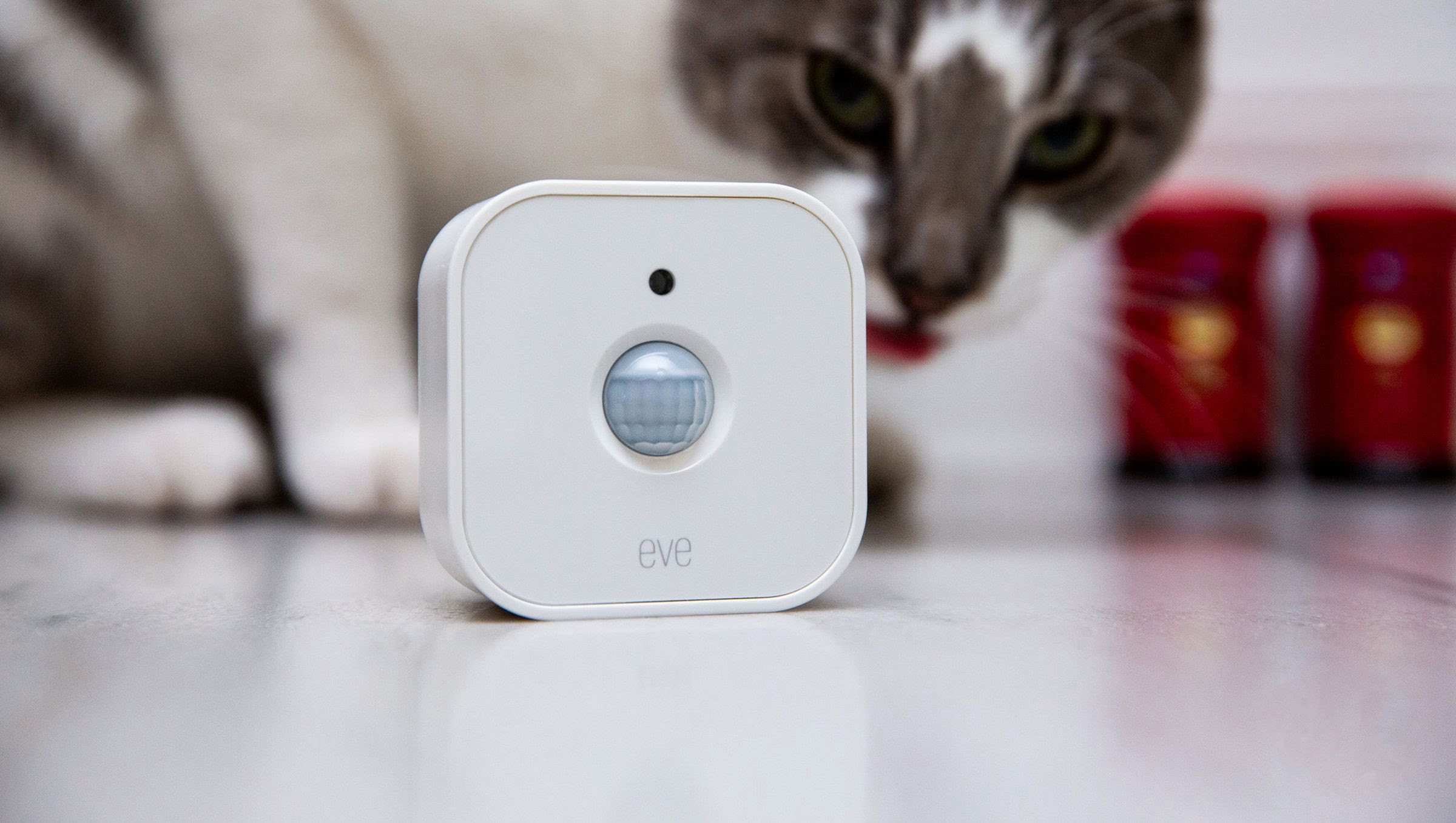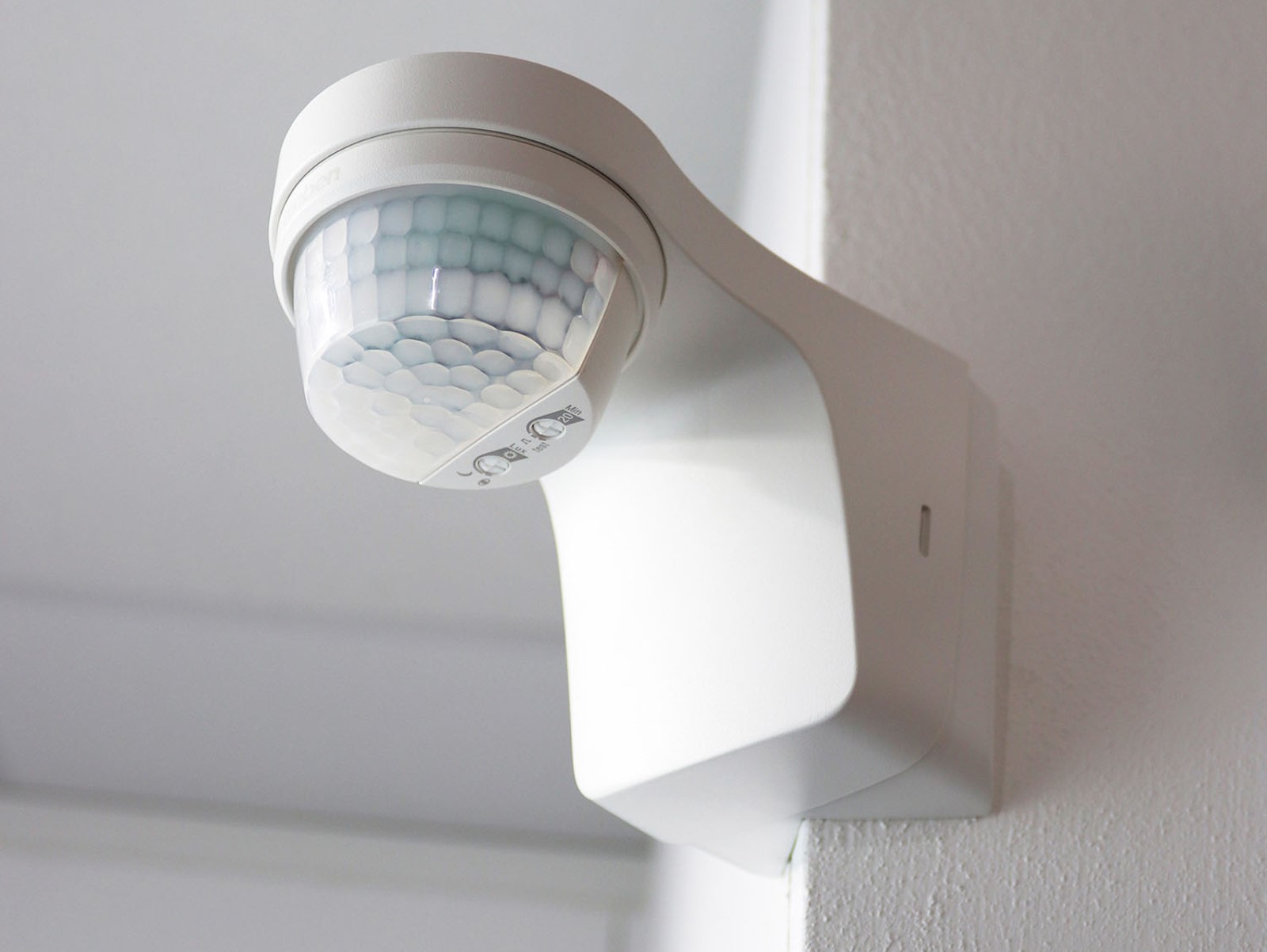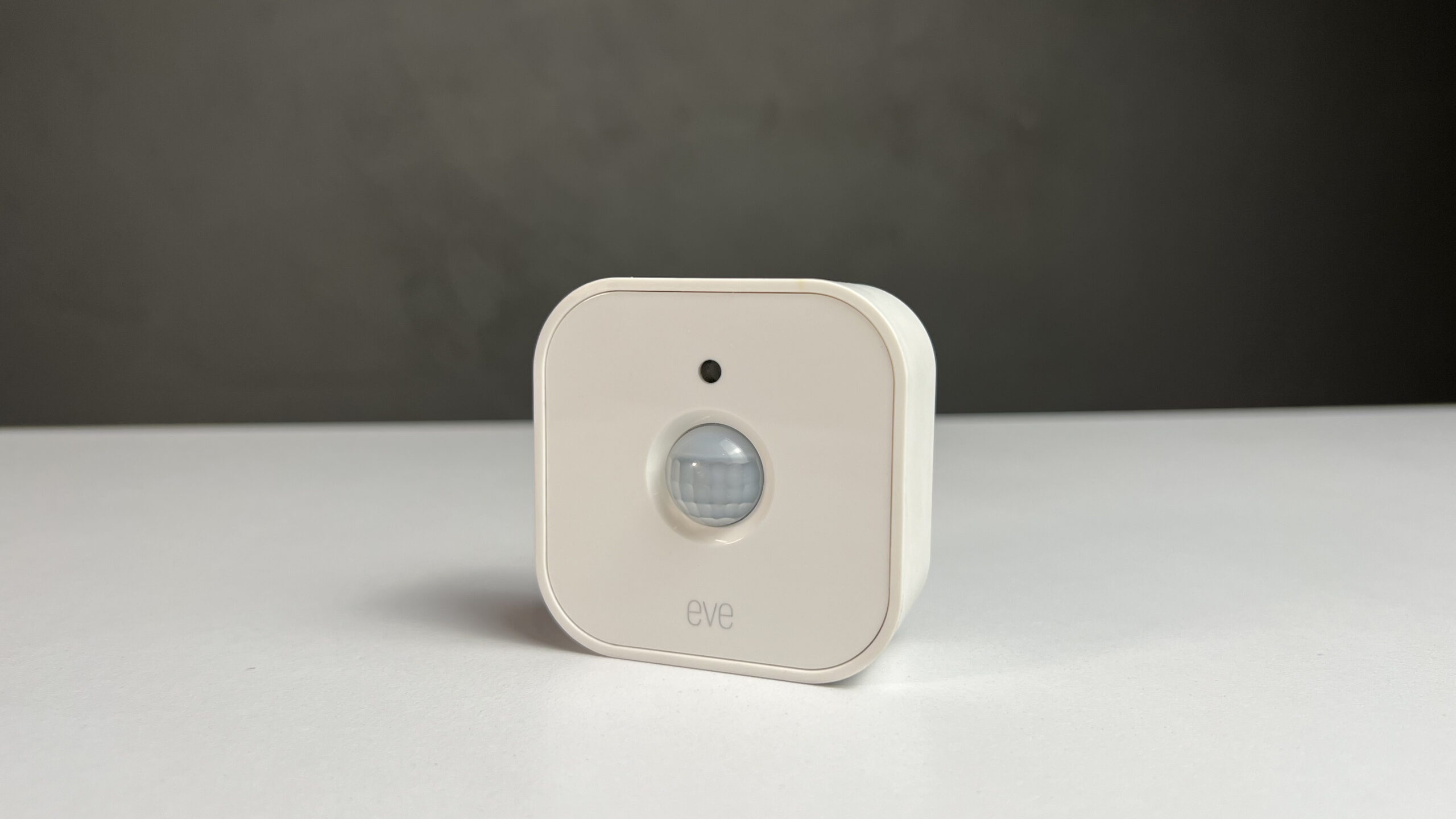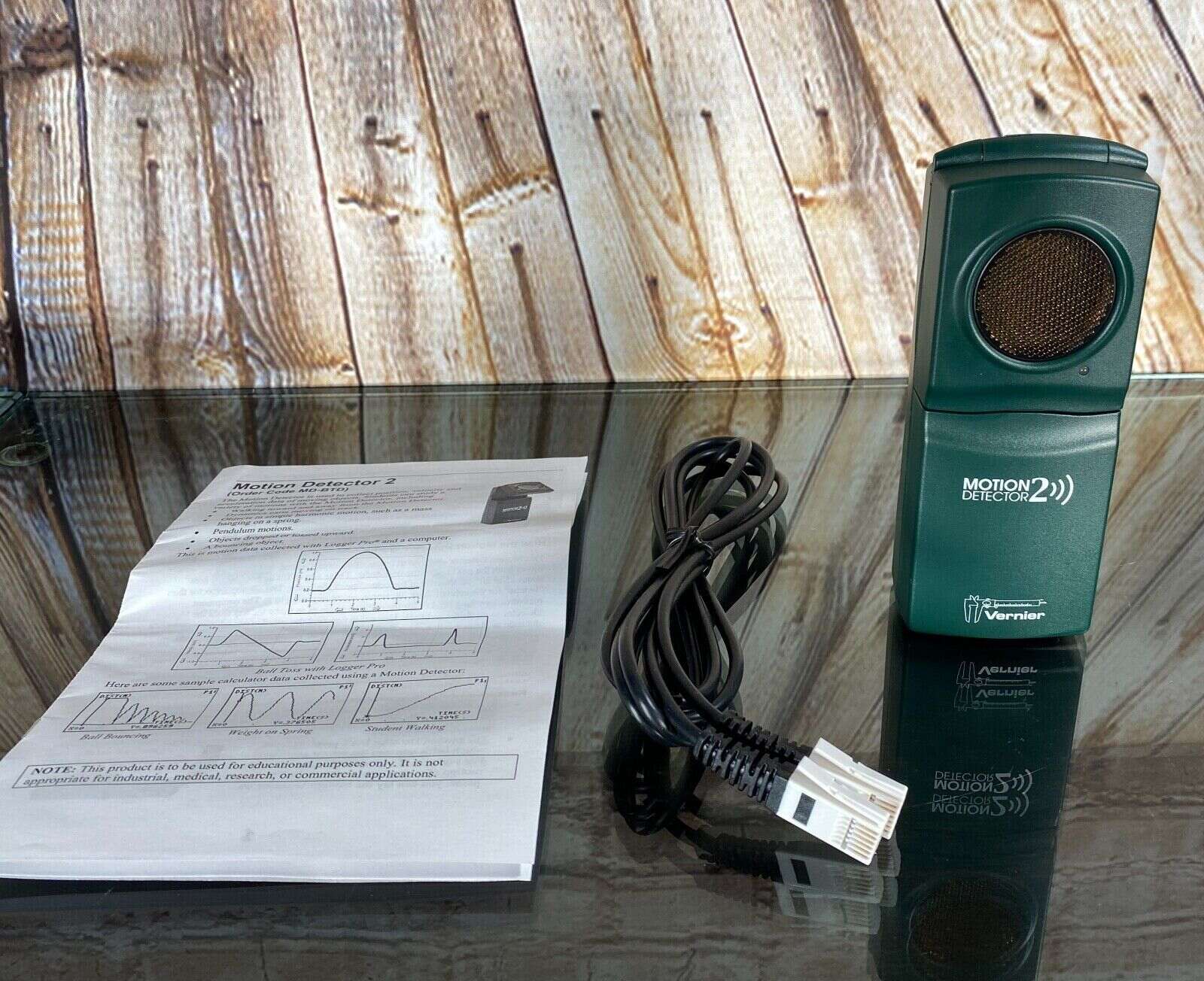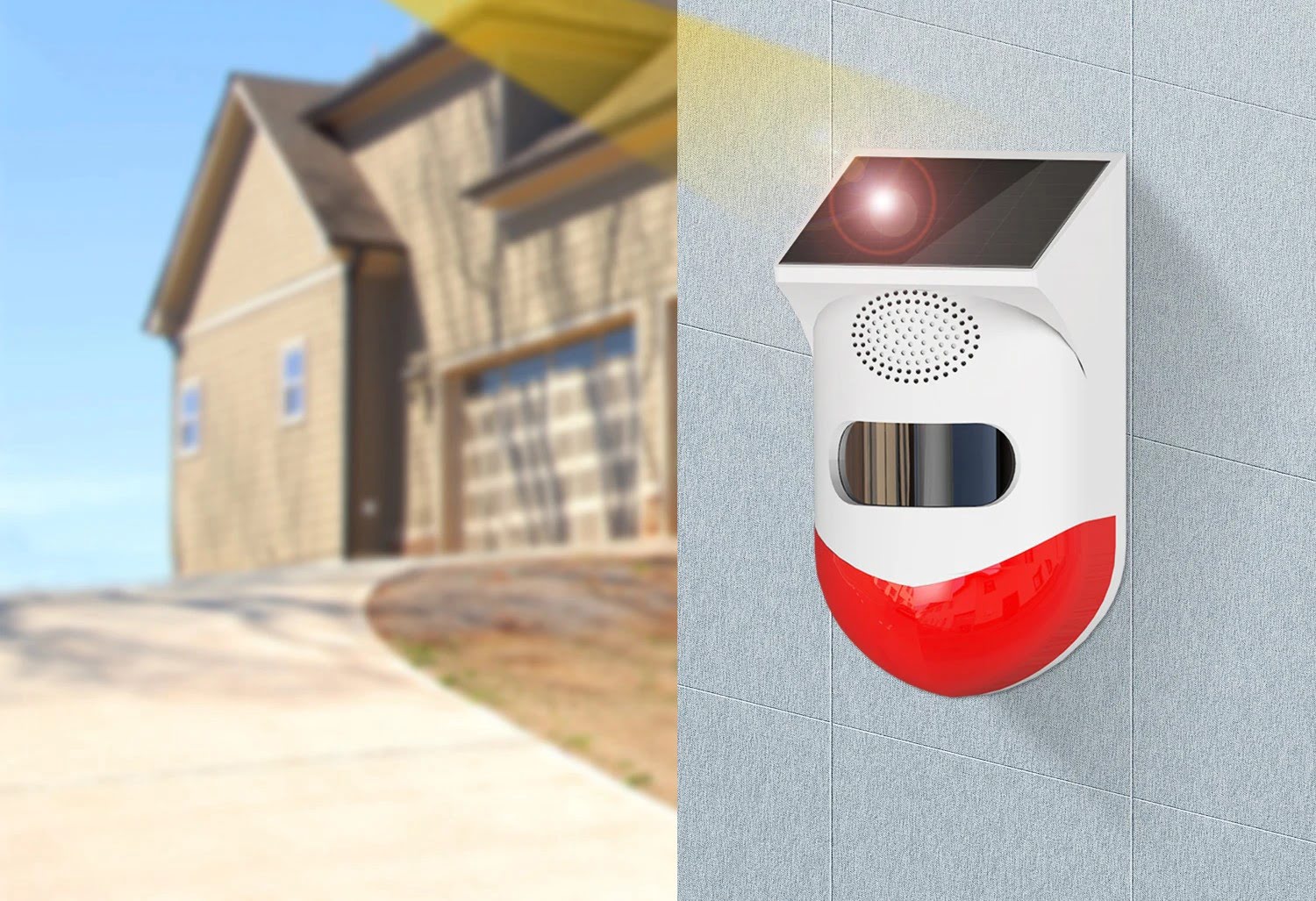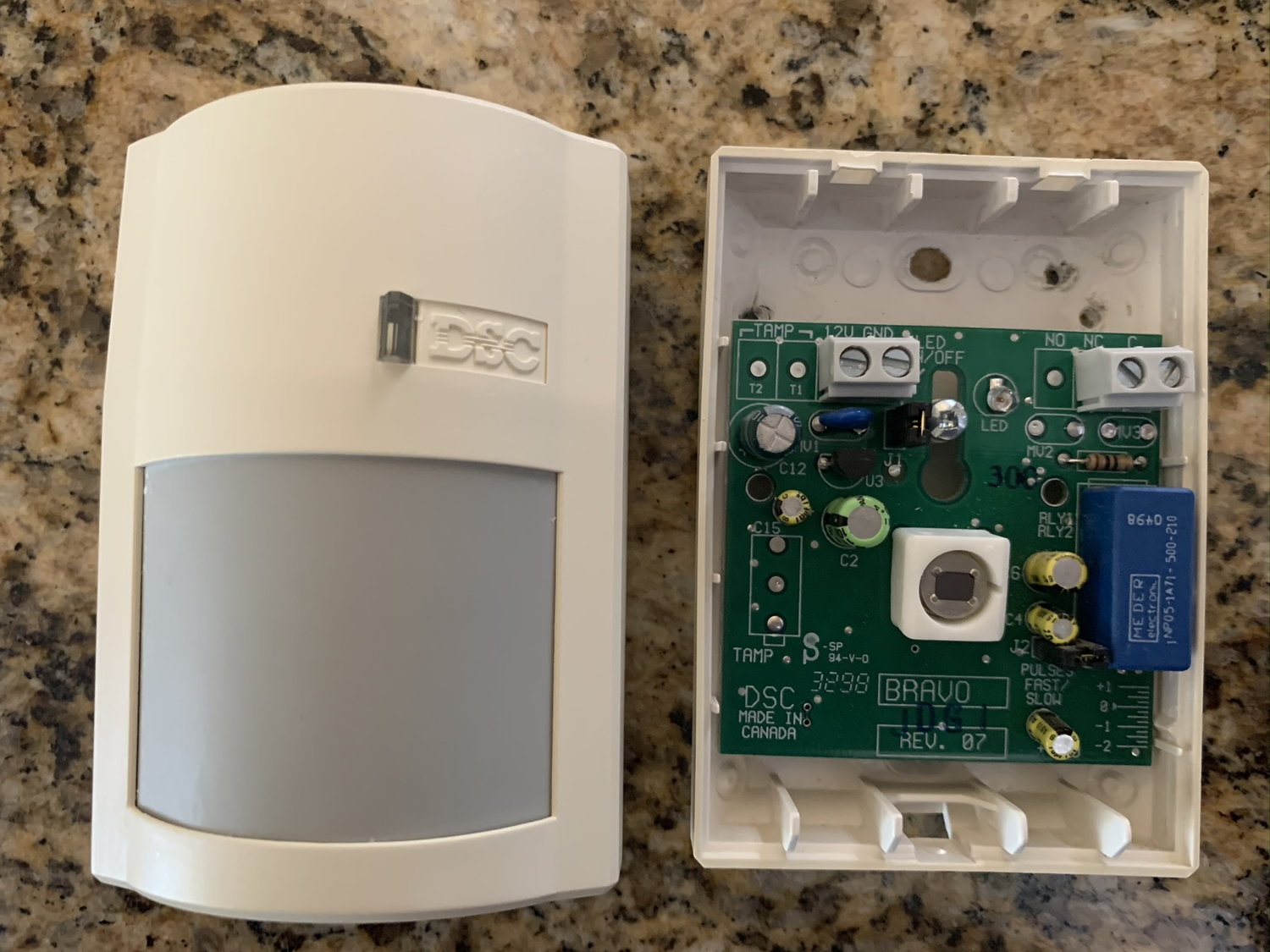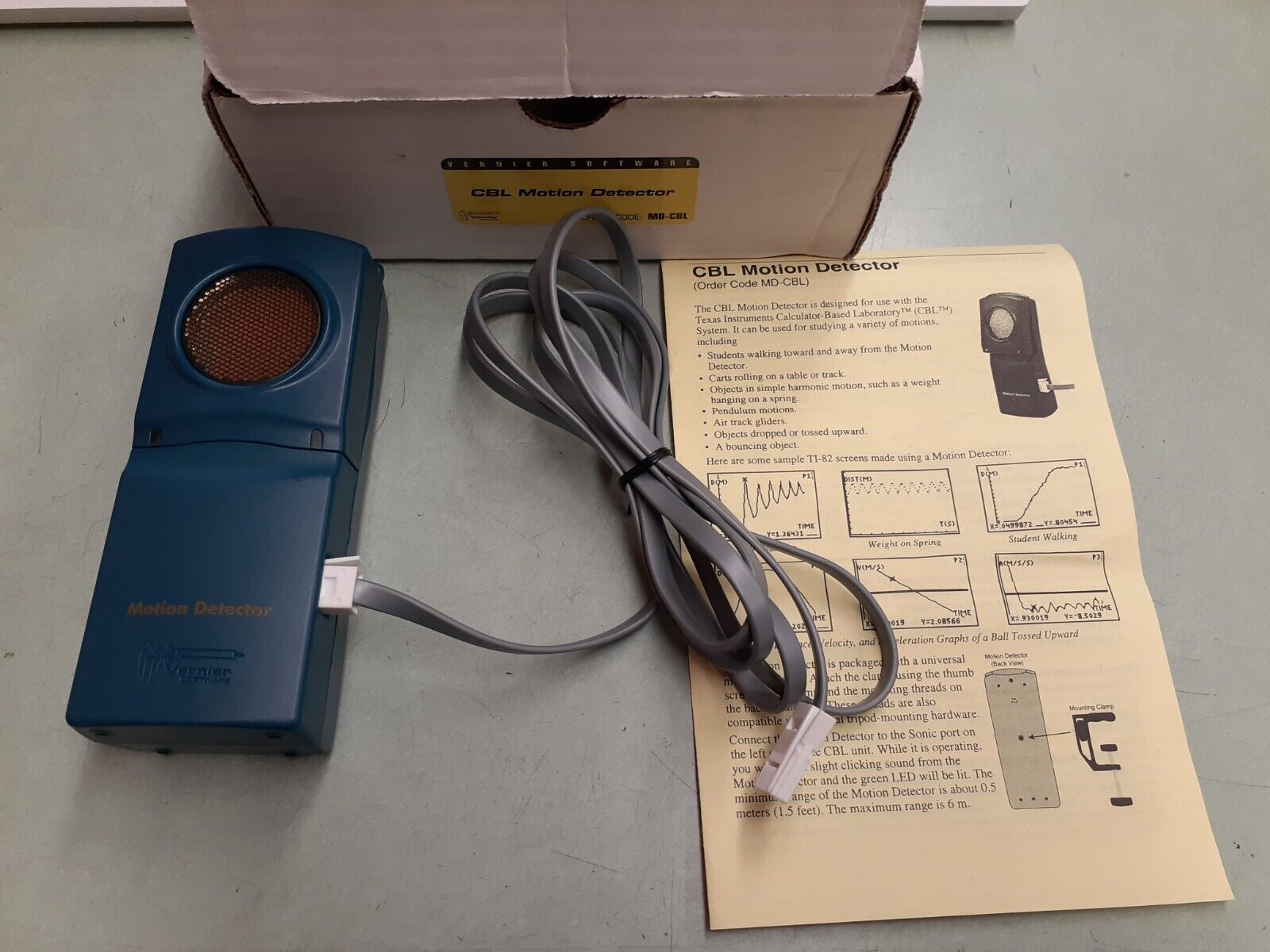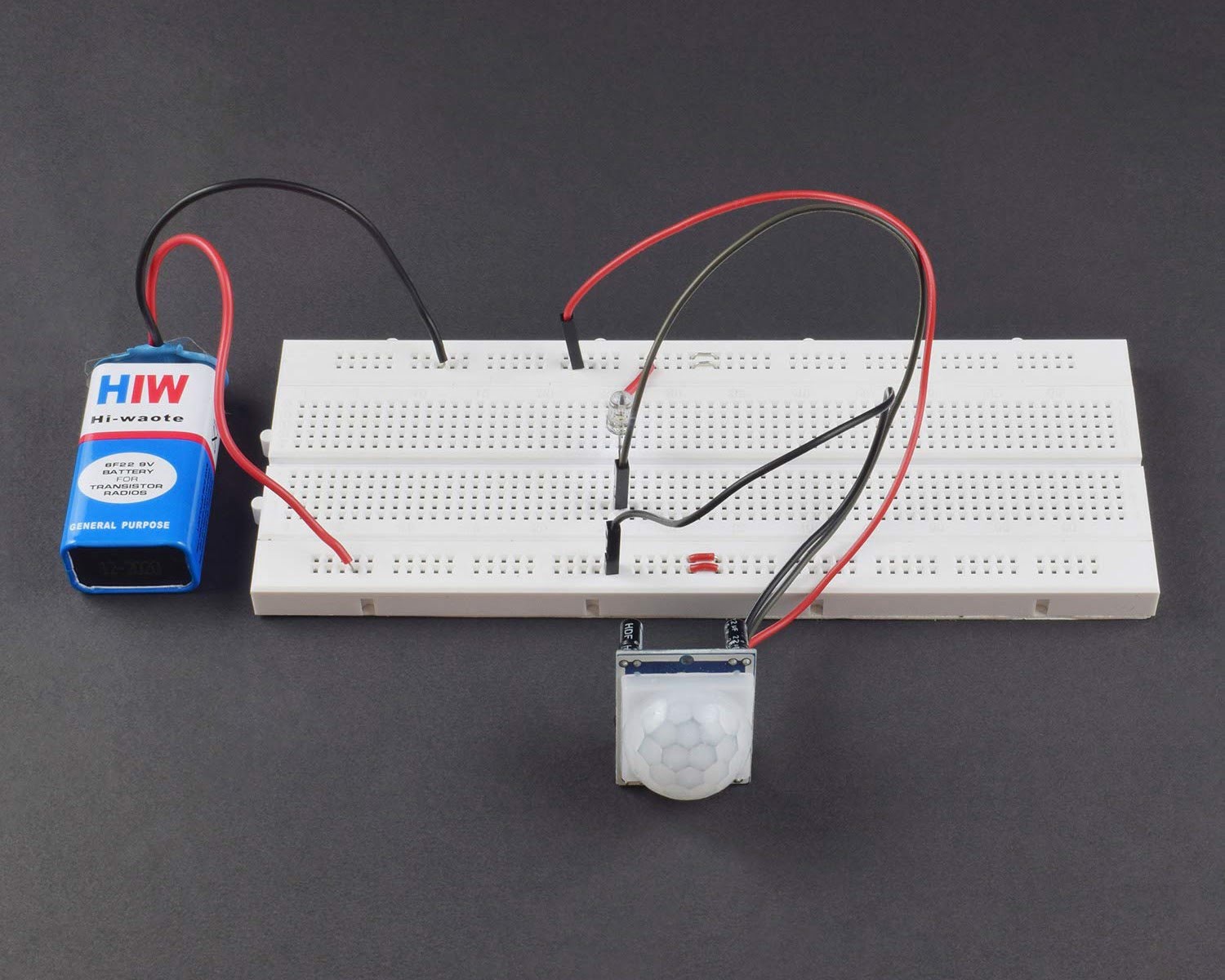Home>Home Security and Surveillance>How To Properly Position A Pet-Friendly Motion Detector
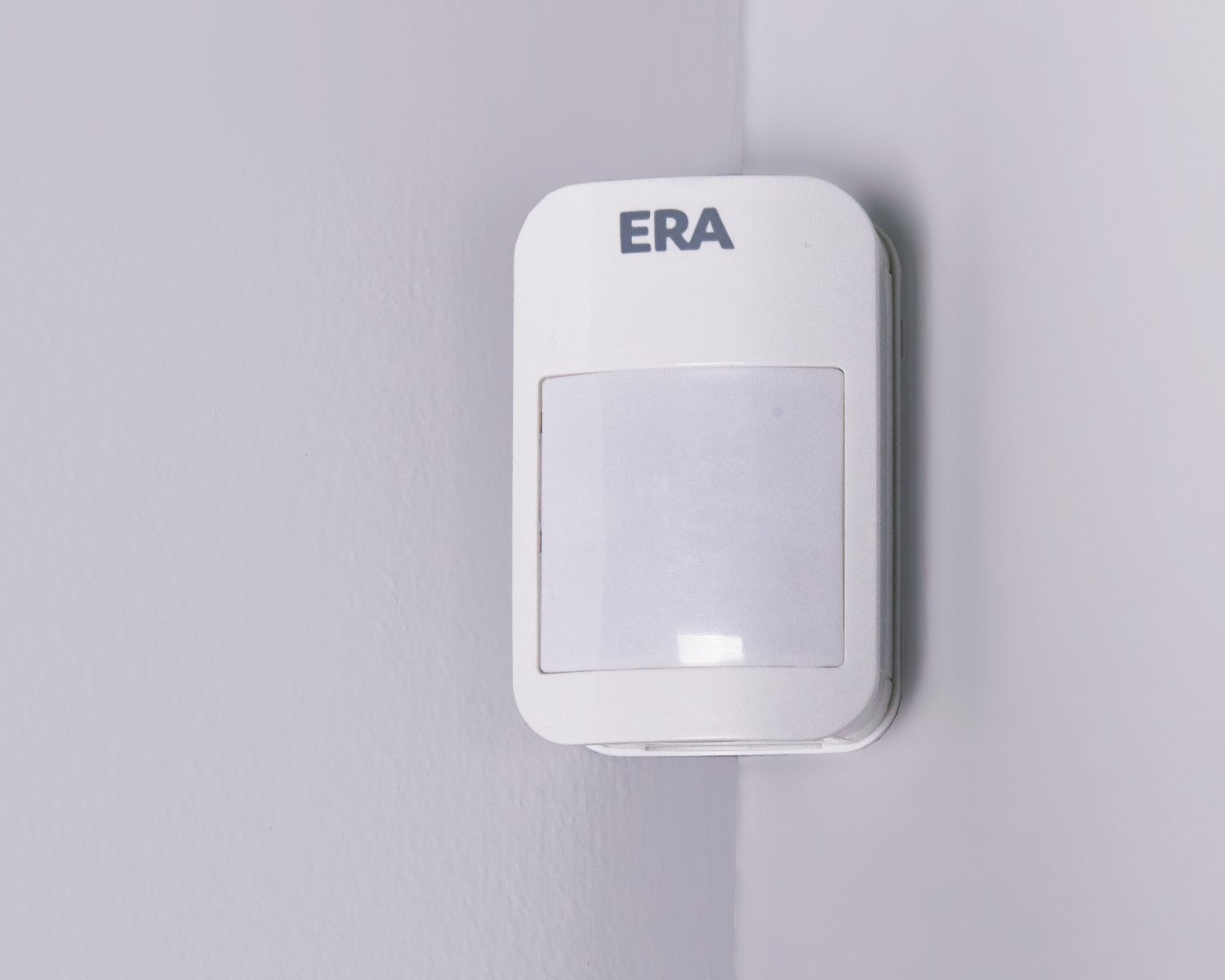

Home Security and Surveillance
How To Properly Position A Pet-Friendly Motion Detector
Modified: November 1, 2024
Learn how to position a pet-friendly motion detector for optimal home security and surveillance. Keep your furry friends safe while protecting your property.
(Many of the links in this article redirect to a specific reviewed product. Your purchase of these products through affiliate links helps to generate commission for Storables.com, at no extra cost. Learn more)
Introduction
Welcome to our comprehensive guide on how to properly position a pet-friendly motion detector. When it comes to home security, motion detectors play a crucial role in alerting homeowners to any potential intrusions. However, for pet owners, it can be challenging to find the right balance between ensuring home security and allowing freedom of movement for their furry friends. That’s where pet-friendly motion detectors come into play.
Pet-friendly motion detectors are specially designed to differentiate between the movement of pets and human intruders. They utilize advanced technology to reduce false alarms caused by pets while still providing reliable detection capabilities. To get the most out of these devices, it is essential to position them correctly within your home.
In this guide, we will walk you through everything you need to know about positioning a pet-friendly motion detector. From understanding the technology behind these detectors to the optimal placement and recommended height, we’ll cover it all. So, let’s dive in and ensure your home and pets are secure.
Key Takeaways:
- Keep your pets and home secure by positioning pet-friendly motion detectors near entry points, high-traffic areas, and vulnerable spots. Adjust the height and sensitivity settings for optimal performance.
- Regularly test and verify the positioning of pet-friendly motion detectors to ensure reliable detection of intruders while minimizing false alarms from pet movements. Follow manufacturer’s guidelines for best results.
Understanding Pet-Friendly Motion Detectors
Pet-friendly motion detectors are specifically designed to minimize false alarms caused by pets while still detecting potential intruders. These detectors use a combination of technologies, including passive infrared (PIR) sensors and advanced algorithms, to differentiate between human and pet movements.
Passive infrared sensors detect changes in heat patterns within their field of view. When an object, whether it’s human or animal, moves through this field, it creates a noticeable change in temperature, triggering the motion detector. However, not all movements are the same. Human movements tend to have a distinct pattern, involving upright posture and a steady gait. On the other hand, pets, such as dogs and cats, have a different movement pattern, often lower to the ground and more erratic.
To address this difference, pet-friendly motion detectors utilize algorithms that analyze the size, shape, and speed of the detected object. This allows the detector to determine whether the movement is typical of a pet or more likely to be a human intruder. By intelligently filtering out pet movements, these detectors can significantly reduce false alarms, providing more reliable home security.
It is important to note that not all pet-friendly motion detectors are created equal. Different models and brands may have varying levels of sensitivity and algorithms. It’s essential to choose a detector that is suitable for the size and behavior of your pets. It is also worth considering the specific needs of your home environment and the areas you wish to cover.
Now that we have a better understanding of how pet-friendly motion detectors work, let’s move on to the next crucial step – choosing the right location for placement.
Choosing the Right Location for Placement
Proper placement of pet-friendly motion detectors is crucial to ensure accurate detection while minimizing false alarms. Here are some factors to consider when selecting the ideal location:
- Entry Points: Place motion detectors near the main entry points of your home, such as doors and windows. These areas are the most likely points of entry for intruders, making it essential to have reliable detection coverage.
- High-Traffic Areas: Identify the high-traffic areas in your home where your pets spend most of their time. These could include the living room, hallways, or the kitchen. Installing motion detectors in these areas ensures that any movements, both from pets and potential intruders, are effectively monitored.
- Interior and Exterior: Consider installing both interior and exterior motion detectors. Exterior detectors can help detect any suspicious activity around the perimeter of your property, while interior detectors provide coverage inside your home.
- Multi-Level Coverage: If you have a multi-story home, ensure that you have motion detectors on each level. This will provide comprehensive coverage and ensure that any movement, whether it’s upstairs or downstairs, is accurately detected.
- Avoid Direct Sunlight: Avoid placing motion detectors in areas that receive direct sunlight. Sunlight and heat can interfere with the sensor’s ability to detect movements accurately and may lead to false alarms.
- Consider Vulnerable Areas: Identify any vulnerable areas in your home, such as storage rooms, basements, or garages. These areas are often targeted by intruders, so it’s important to place motion detectors in strategic locations to provide adequate coverage.
By carefully selecting the placement locations based on these factors, you can ensure that your pet-friendly motion detectors are positioned optimally to detect any potential intrusions while minimizing false alarms caused by your furry friends.
Now that you have an idea of where to position your motion detectors, let’s move on to discussing the recommended height for optimal detection.
Recommended Height for Optimal Detection
The height at which you position your pet-friendly motion detectors plays a significant role in their effectiveness. Here are some guidelines to follow when determining the optimal height:
- Mount at Pet Level: Set the motion detector at a height that aligns with your pet’s typical movement pattern. This usually means mounting it at a height of around 2-4 feet off the ground. By doing so, you allow the detector to accurately detect your pet’s movements while still maintaining its ability to detect human intruders.
- Avoid Obstructions: Ensure that there are no obstructions, such as furniture or large objects, blocking the detector’s line of sight. Obstructions can hinder the detector’s ability to detect movements effectively and may lead to false alarms or missed intrusions.
- Angle of Detection: Aim the motion detector slightly downwards to ensure that it captures movements within its intended range. This angle helps eliminate false alarms caused by objects or movements outside of the desired range.
- Specific Pet Modes: Some pet-friendly motion detectors have specialized pet modes or sensitivity settings that can be adjusted based on the size and behavior of your pets. Refer to the manufacturer’s guidelines for specific instructions on setting up the detector for pet-friendly operation.
- Consider Multiple Detectors: If you have pets that vary significantly in size, consider installing multiple detectors at different heights. For example, placing one detector at a lower height for small pets and another at a higher height for larger pets. This ensures accurate detection for all your furry friends.
By following these recommendations, you can ensure that your motion detectors are positioned at the optimum height to detect any potential intruders while still accommodating the movements of your pets. Remember to refer to the manufacturer’s instructions and guidelines specific to your chosen pet-friendly motion detector for additional recommendations or adjustments.
Next, we’ll discuss how to avoid obstacles and interference that can affect the performance of your pet-friendly motion detectors.
When positioning a pet-friendly motion detector, make sure it is installed at least 7 feet above the ground to avoid false alarms from pets. Also, aim the detector away from areas where pets frequently roam.
Avoiding Obstacles and Interference
When positioning your pet-friendly motion detectors, it is important to consider and avoid potential obstacles and sources of interference that could affect their performance. Here are some key points to keep in mind:
- Avoid Large Objects: Ensure that there are no large objects, such as furniture or shelves, obstructing the sensor’s line of sight. These objects can block the sensor’s detection range and potentially create blind spots where intruders can go undetected.
- Clear Pathways: Ensure that the area in front of the motion detector is clear of any obstacles or clutter. Objects blocking the path can disrupt the sensor’s ability to detect movements accurately, resulting in missed intrusions or false alarms.
- Avoid Reflective Surfaces: Avoid placing motion detectors near large reflective surfaces, such as mirrors or glass windows. These surfaces can reflect infrared signals and interfere with the sensor’s ability to accurately detect movements.
- Minimize Vibration: Position motion detectors away from areas that experience significant vibration, such as HVAC systems or washing machines. Vibrations can trigger false alarms or cause the sensor to become less sensitive to actual movements.
- Distance from Electronic Devices: Keep your motion detectors away from electronic devices that emit electromagnetic interference, such as Wi-Fi routers or cordless phones. These devices can interfere with the detector’s signals and impact its overall performance.
- Maintain a Clean Environment: Regularly clean the motion detector to remove dust or debris that may accumulate over time. Dust particles or spider webs can obstruct the sensor’s detection capabilities and lead to false alarms or missed intrusions.
By considering these factors and avoiding potential obstacles and sources of interference, you can ensure that your pet-friendly motion detectors operate at their optimal level, providing accurate and reliable detection of human intruders while minimizing false alarms caused by environmental factors.
Next, let’s discuss how to adjust sensitivity settings to fine-tune the performance of your motion detectors.
Read more: How To Fix A Motion Detector
Adjusting Sensitivity Settings
Adjusting the sensitivity settings of your pet-friendly motion detectors can help fine-tune their performance and reduce false alarms. Here are some tips for adjusting the sensitivity settings effectively:
- Start with Default Settings: Begin by setting the motion detector to its default sensitivity settings. These settings are usually designed to provide reliable detection while minimizing false alarms caused by pets. It’s a good starting point before making any further adjustments.
- Observe Pet Behavior: Take note of your pet’s typical behavior and movement patterns. Observe how they move around the house, including their height, speed, and any erratic movements. Understanding your pet’s behavior will help you make more accurate adjustments to the sensitivity settings.
- Test and Adjust: Use the manufacturer’s instructions to test the motion detector’s sensitivity in different areas of your home. Walk through the detection zone at varying speeds and heights, paying attention to how the detector responds. If the sensitivity is too high, it may lead to false alarms. If it’s too low, the detector may not pick up on smaller or slower movements.
- Incremental Adjustments: Gradually adjust the sensitivity settings in small increments. Make one adjustment at a time and test the results before making further changes. This allows you to find the right balance between reliable detection and minimizing false alarms caused by your pets.
- Consider Pet Modes: If your pet-friendly motion detector has specific pet modes, refer to the manufacturer’s instructions to understand how they work. These modes may offer pre-set sensitivity settings optimized for pet movements, making it easier to find the right balance without extensive manual adjustments.
- Seek Professional Help: If you’re having difficulty finding the optimal sensitivity settings or if you’re unsure about making the adjustments yourself, consider seeking assistance from a professional home security installer. They can provide expert advice and ensure that your pet-friendly motion detectors are properly calibrated for your specific needs.
Remember that finding the ideal sensitivity settings may require some trial and error. It’s important to be patient and make adjustments gradually until you achieve the desired balance between reliable detection and minimizing false alarms caused by your pets.
Now that we’ve discussed how to adjust the sensitivity settings, let’s move on to testing and verifying the proper positioning of your pet-friendly motion detectors.
Testing and Verifying Proper Positioning
After positioning your pet-friendly motion detectors, it’s crucial to test and verify their proper placement to ensure optimal performance. Here are some steps to help you test and verify the positioning of your motion detectors:
- Walk Test: Walk through the areas covered by the motion detectors to ensure they detect your movements accurately. Pay attention to any blind spots or areas where detection may be weak. Make adjustments as necessary to provide comprehensive coverage.
- Observe Pet Movements: Observe your pets as they move around the areas covered by the motion detectors. Do they trigger false alarms? Are any areas not adequately covered? Make note of any issues and adjust the positioning or sensitivity settings accordingly.
- Use Test Modes: Many pet-friendly motion detectors have test modes or features that allow you to simulate movement patterns. Utilize these test modes to ensure accurate detection and to identify any potential false alarms or areas of concern.
- Monitor Alarm Notifications: If your motion detectors are connected to a home security system or mobile app, carefully monitor the alarm notifications. Are they triggered by pet movements? If false alarms persist, consider adjusting the positioning or sensitivity settings further.
- Consult Manufacturer’s Guidelines: Refer to the manufacturer’s guidelines to understand specific recommendations and best practices for testing and verifying the proper positioning of your pet-friendly motion detectors.
- Get Professional Assistance: If you’re unsure about the testing process or if you continue to experience issues with false alarms or missed detections, consider reaching out to a professional home security installer. They can provide expert guidance and ensure that your motion detectors are properly positioned and calibrated for optimal performance.
Regularly testing and verifying the positioning of your pet-friendly motion detectors is essential to maintain reliable home security. It allows you to identify and address any issues, ensuring that your pets are free to move around while still providing effective detection of potential intruders.
Now that we have covered testing and verifying proper positioning, let’s wrap up with some final tips to keep in mind when using pet-friendly motion detectors.
Conclusions and Final Tips
Properly positioning your pet-friendly motion detectors is crucial for maintaining home security while allowing your pets to move freely. Here are some final tips to keep in mind:
- Research and Select the Right Detector: Choose a pet-friendly motion detector that is specifically designed for pet detection and meets your specific needs. Consider factors such as sensitivity settings, detection range, and compatibility with your home security system.
- Follow Manufacturer’s Guidelines: Read and follow the manufacturer’s guidelines and instructions for positioning, sensitivity adjustments, and testing of your motion detectors. This will ensure that you get the most accurate and reliable performance from your devices.
- Regularly Maintain and Clean: Clean your motion detectors regularly to remove any dust or debris that may affect their performance. Additionally, check for any loose connections or damaged parts and promptly address any issues to ensure proper functioning.
- Consider Supplementary Security Measures: While motion detectors are an important component of a home security system, consider integrating them with other security measures such as door/window sensors, security cameras, and smart locks to enhance overall security.
- Seek Professional Assistance if Needed: If you encounter difficulties in positioning or adjusting your pet-friendly motion detectors, don’t hesitate to seek help from a professional home security installer. They have the expertise to optimize the performance of your devices and address any challenges you may face.
- Regularly Test and Update: Regularly test and update the positioning and sensitivity settings of your motion detectors as your pets grow or your household dynamics change. This ensures that they continue to provide reliable detection and minimize false alarms.
- Communicate with Monitoring Service: If your motion detectors are connected to a monitoring service, make sure to inform them about the presence of pets in your home. This will help them distinguish between pet movements and potential intrusions, reducing false alarm notifications.
- Consider Pet Safety Measures: While motion detectors are designed to be pet-friendly, it’s important to ensure that your pets are safe and protected. Use pet gates or designated areas to restrict access to certain areas where motion detectors are active.
By following these guidelines and incorporating pet-friendly motion detectors into your home security system, you can enjoy the peace of mind knowing that your home is protected while ensuring the safety and freedom of movement for your furry friends.
This concludes our comprehensive guide on how to properly position a pet-friendly motion detector. We hope that this information has been helpful in securing your home and providing a safe environment for your pets. Stay vigilant, and enjoy the added security and convenience that pet-friendly motion detectors bring to your home.
Frequently Asked Questions about How To Properly Position A Pet-Friendly Motion Detector
Was this page helpful?
At Storables.com, we guarantee accurate and reliable information. Our content, validated by Expert Board Contributors, is crafted following stringent Editorial Policies. We're committed to providing you with well-researched, expert-backed insights for all your informational needs.
